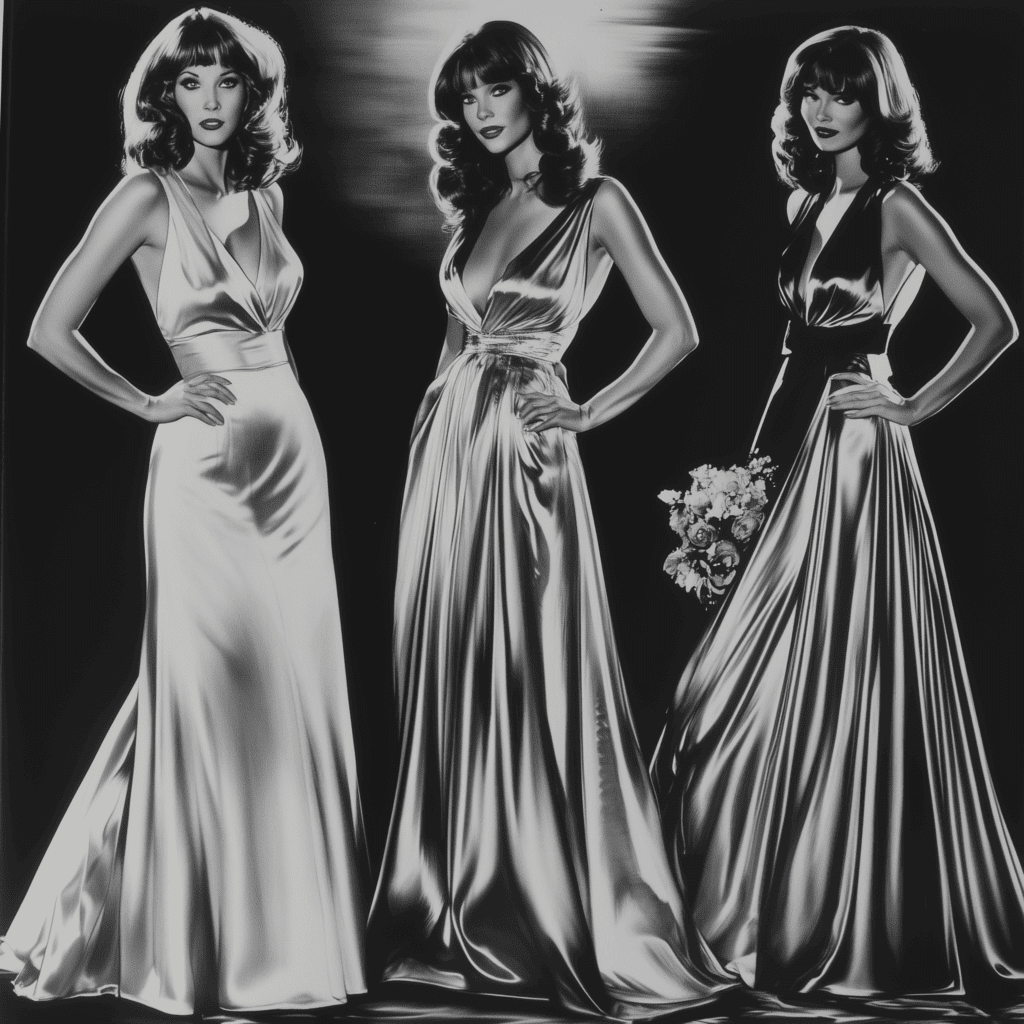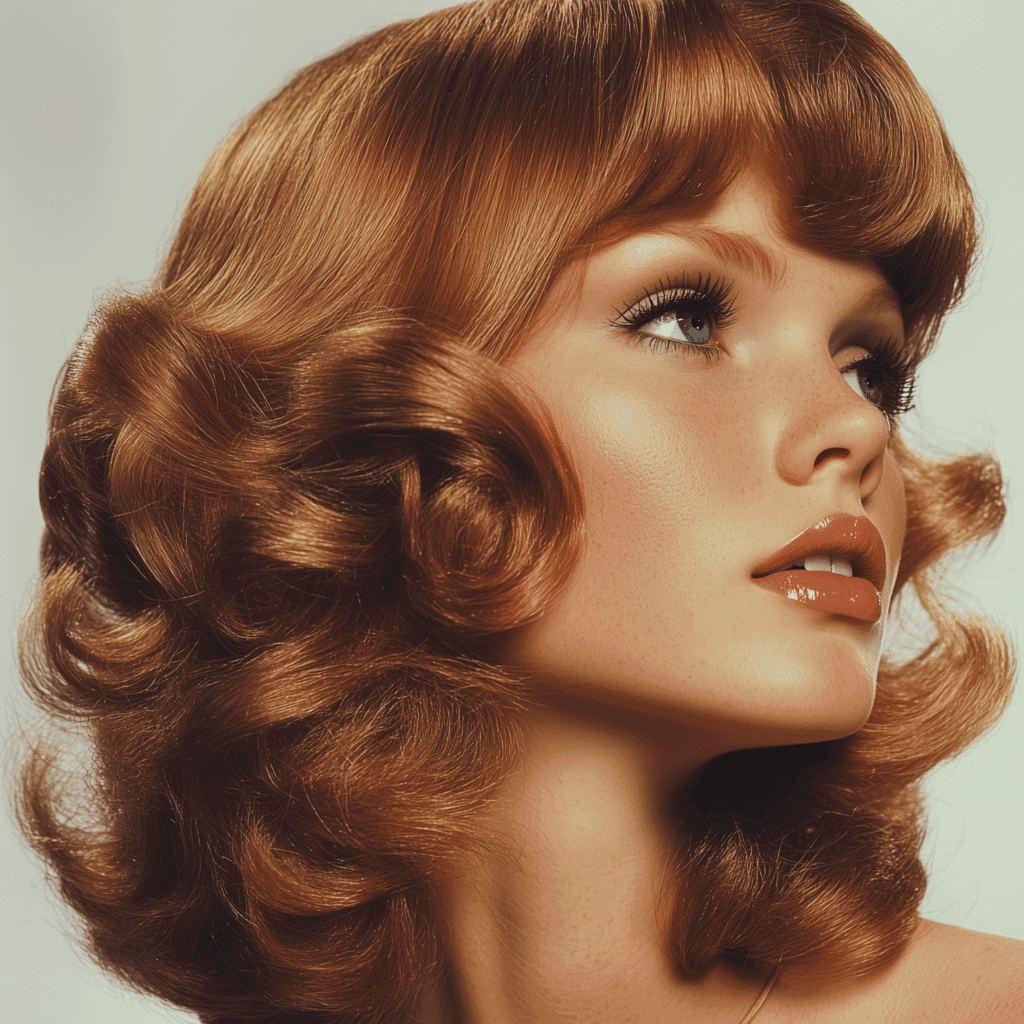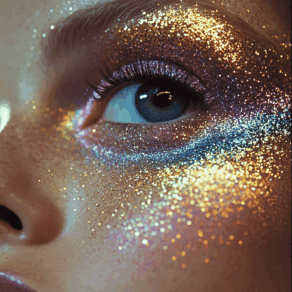When we think of 1970s disco fashion, one image instantly comes to mind: shimmering bodies gliding across a neon-lit dance floor, bathed in sparkle and glamour. That hypnotic glow wasn’t just from the disco ball—it was thanks to the era’s obsession with shiny fabrics like satin and lamé. These materials didn’t just reflect light; they reflected the mood of the decade: bold, luxurious, and unapologetically fabulous.

In the heart of the disco era, satin became the fabric of choice for dancers, club-goers, and performers. With its smooth, glossy surface, satin offered a rich, fluid drape that complemented the flowing, body-hugging silhouettes of 70s outfits. Whether crafted into slinky dresses, halter tops, or bell-sleeve jumpsuits, satin clung to the body in all the right places, highlighting movement and rhythm with every step on the dance floor.

Meanwhile, lamé—a metallic fabric often woven with gold or silver threads—delivered an even more dazzling impact. Often used for dramatic evening wear, lamé shimmered like liquid metal under club lights. It was the go-to material for show-stopping jumpsuits, floor-length gowns, and ultra-glam capes that screamed star power. When someone walked into Studio 54 in lamé, they didn’t just arrive—they made an entrance.
What made these fabrics so popular wasn’t just their sheen; it was the attitude they conveyed. In an era that celebrated self-expression, sexual liberation, and breaking social rules, satin and lamé became tools of empowerment. To wear something shiny and skin-tight in the 70s wasn’t just a style choice—it was a bold declaration: “Look at me. I’m here. I matter.” These fabrics reflected not only light, but also confidence.
Both men and women embraced the shimmer. Men’s 70s fashion saw a rise in satin shirts, often unbuttoned to the mid-chest and paired with high-waisted trousers or flares. Women opted for satin wrap dresses, lamé halter tops, or two-piece ensembles that bared midriffs and glistened with every move. Even 70s hairstyles complemented these fabrics—think voluminous curls, glossy blowouts, and center parts that matched the sleek energy of satin.

These fabrics also became symbols of status and nightlife culture. From Bianca Jagger’s satin gowns to Diana Ross’s gold lamé performance dresses, celebrities used shine to amplify their presence and define what 70s outfits were all about: spectacle, seduction, and freedom. Designers like Halston, Bob Mackie, and Stephen Burrows leaned into these textures, blurring the lines between fashion, fantasy, and performance.
The disco scene, particularly clubs like Studio 54, demanded outfits that weren’t just stylish but theatrical. And nothing captured the dramatic energy of the dance floor better than fabrics that caught every flicker of strobe light. The shine wasn’t just an accessory—it was the main event.
Today, the legacy of these fabrics lives on in 70s-inspired fashion. From red carpets to runway revivals, satin and lamé continue to be the materials of choice when glamour, movement, and vintage nostalgia are the goals. Because some things—especially sparkle—never go out of style.





Leave a Comment